2 Years ago @Dejan Maksimovic asked a question about Internet Explorer shows valid certificate as “corrupt or invalid signature”. To date I am experiencing a comparable issue with an installer that needs elevated rights.
The problem seems to be of the same origin but then for KB3124605.
Installer is signed using signtool and certificate is valid until August 2016.
When I installed a cumulative update containing this patch Windows SmartScreen tells me that the publisher is unknown, but when I uninstall the Security update, Windows seems to be able to distinguish the publisher (the one that is actually mentioned in the certificate info.
The update was released January 12th. Anyone with the same problem?
Running SignTool verify /pa <My Installer.exe> returns Successfully verified: <My Installer.exe>
